Contrary to popular belief, confidence doesn’t have to be loud and powerful to exist. In a world that often equates a confident person with being bold and extraverted, many people feel the pressure to be more outspoken, high-volume or forcefully opinionated to try and fit in to that mold. But there is immense strength in quiet confidence—a grounded, self-assurance that doesn’t rely on volume to command attention, but on your presence. As a public speaker for a number of years, I embrace my quiet confidence as a signature strength.
Quiet confidence is the kind of confidence that speaks before you even say a word. It’s the way you carry yourself, how you respond under pressure, and the trust you have in your own abilities. It’s deeply rooted in self-belief rather than external validation, making it one of the most authentic and impactful forms of confidence. You don’t have to be loud to be heard or make a difference. Calm, quiet confidence is just as strong and impactful, trust me.
As International Women’s Day approaches next month, I’ve been thinking about how this year’s theme #accelerateaction can be applied for good in the lead up and beyond this day. As I reflected on what lies beyond the hashtag, I landed upon something that has held myself, and many other women in the workplace back and partly fuels the gender inequalities we all face on a regular basis - confidence. I started to wonder, how can women develop and embody greater confidence—whether in the workplace, social settings, or personal life? What does quiet confidence look like in action and how can more of us cultivate it to rise up stronger? While days of celebration and recognition are important, action is needed on many levels to break the cycle of gender inequality.
So let’s explore some key strategies to take inspired action put our best foot (oh-so-confidently) forward to make change:
1. Own your expertise and strengths
Confidence grows from competence. The more you invest in your skills and knowledge, the more naturally self-assured you become.
How to do it:
• Keep track of your achievements, big and small, to remind yourself of your progress.
• Continue learning—whether through professional development, mentorship, or self-study.
• Recognise the unique strengths you bring to the table and own them.
2. Master the art of presence
A quietly confident woman doesn’t rush to fill silences or prove herself. She listens, observes, and speaks with intention.
How to do it:
• Practice mindfulness to stay centered in the present moment.
• Slow down your speech and movements—this exudes calm and control.
• Hold steady eye contact without being aggressive.
3. Use your voice wisely
Quiet confidence doesn’t mean staying silent. It means speaking with clarity and conviction when you do.
How to do it:
• Avoid over-explaining or justifying yourself unnecessarily.
• When you speak, be direct and concise—less is often more.
• Develop a strong, steady tone rather than a hesitant or apologetic one.
4. Set boundaries without guilt
Women often feel pressured to accommodate others, but true confidence means valuing your own needs too.
How to do it:
• Learn to say no without over-apologizing.
• Protect your time and energy by setting clear boundaries.
• Recognize that saying no to something misaligned means saying yes to something better.
5. Redefine what confidence looks like
Not all confident people are the loudest in the room. They are not all intimidating. They are not always extraverted. Confidence can be quiet, graceful and deeply influential.
How to do it:
• Shift your mindset: You don’t need to “act more confident” in a stereotypical way.
• Observe role models who embody quiet confidence (think Michelle Obama, Maya Angelou, or Jacinda Ardern).
• Find what confidence feels like for you, rather than trying to mirror others.
6. Trust yourself in the face of doubt
Impostor syndrome can creep in, but confidence is about trusting yourself despite uncertainty.
How to do it:
• Acknowledge self-doubt but don’t let it dictate your actions.
• Reflect on past challenges you’ve overcome.
• Act as if you already have the confidence you seek—often, confidence follows action.
7. Cultivate inner calm
One of the most striking aspects of quiet confidence is emotional regulation—staying composed even in high-pressure situations.
How to do it:
• Practice breathwork or meditation to manage stress.
• Develop self-talk that is kind and empowering rather than critical.
• Remind yourself that not everything requires a reaction; pause before responding.
8. Lead with authenticity
Women with quiet confidence don’t feel the need to put on a facade. They show up as their true selves, and that authenticity makes them magnetic.
How to do it:
• Let go of the need to “perform” confidence—be yourself.
• Recognize that vulnerability and confidence can coexist.
• Lean into your natural leadership style instead of forcing a persona.
Final Thoughts
Quiet confidence isn’t about shrinking yourself—it’s about standing strong in who you are without needing to prove it or shout it from the rooftops! It allows you to navigate the world with grace, power, and authenticity. Whether in the workplace, leadership roles, or personal life, cultivating this kind of confidence can transform how you show up and how others perceive you.
Are you ready to ARISE? I’m launching a free 5-day journey 3-7th March, 2025 leading up to International Women’s Day.
Join me for the ARISE experience to learn how to boost your calm, confidence and clarity as a woman in the workplace or returning to work. Let’s support each other to achieve gender equality through taking action. Sign up and save your place now!
#arise2025 with Annika Rose.


